Basically, in industrial plants, steel structures are mainly designed and built for the construction of shelters, the installation of overhead cranes or the support of equipment and piping systems as well as ladder & platforms what is fit in the steel structure’s characteristics.
Characteristics of design
The following are some of the major properties of steel structures design work:
- Structure selection and layout
During the selection process, many steel structure parameters should be considered.
The mechanical relationship between the primary structural system and its subsystems, failure mechanisms, earthquake damage, experimental phenomena, and engineering experience can all be used to generate design ideas for issues for which it is difficult to conduct a precise rational analysis. Broad perspective, decide the configuration and specific measurements of the control structure is too important and Conceptual design can help quick and efficient early conception, comparison, and selection.
It is necessary to highlight “conceptual design” throughout the entire steel structure design process since it is crucial for the selection and layout of the structure.
- Structural analysis
Not all structures require software; typical structures can be discovered in reference books like mechanical manuals to get internal forces and deformations without using the software.
At the moment, linear elastic analysis is typically used in the actual design of steel structures. Finite element software may take steel’s elastic-plastic properties and geometric nonlinearity into consideration to some extent. This creates the necessary framework for a more detailed analysis structure.
- Engineering judgment
Although the conditions that apply to various software vary but the output result should include “engineered judgement” if the structural software is used correctly. For instance, according to calculating the overall shear force, the period of each direction, the deformation properties, etc. the changing the model for new analysis or the calculation result based on the “engineering decision.” will be done.
Sometimes assumptions with significant errors will be used to obtain practical design methods. Quantitative computation is not as crucial in the design of steel structures as the notion of “relevant conditions, concept, and structure”. So, engineers should not overuse the use of structural software.
- Component design
The selection of materials comes first when designing components. To simplify project administration, the primary structure often uses a single steel grade. It is also feasible to select a part that is a blend of steel with various strengths for financial reasons.
We apply the software programs that have cross-section verification post-processing features and some of them has the option to move up one level from the provided cross-section library for components that failed the test due to advancements in program technology. And automatically re-examination and verification the calculation is done till it is successful.
- Drawing preparation
The design drawing for a steel structure is split into two stages: the construction detail drawing, and the design drawing. The creation of detailed construction drawings is based on design drawings.
Detailed construction drawings which are often known as shop drawings must be adequate for direct manufacture and workshop processing.
To make the process of creating detailed construction drawings that accurately reflect the design intent easier, the design drawing should clearly express the design basis, load data, technical data, design requirements, structural arrangement, component cross-section selection, and main node structure, as well as a list to display the primary materials.
How do we design steel structures?
To simplify design calculations, joints in structures have been considered to behave as either pinned or flexible.
Simple designs idealize their joints as flawless pins. Regardless of the applied moment, designer presumes that joints are rigid and that connected elements cannot rotate relative to one another and suitable for many of ladder & platforms that are pined to equipment.
Following are the methods of design of steel structure:
- Simple design of steel structure
The most conventional method is a simple design, which is still used frequently. Bracing or, in some multi-story buildings, concrete cores are typically used to ensure a structure’s resilience to lateral loads and sway.
The types of details that meet this condition have been demonstrated through many years of experience. The designer considers the joint response presumptions and make sure that the connections are detailed in a manner that prevents any moments from arising that can negatively impact the structure’s performance.
- Continuous design of steel structures
In this method frame analysis is frequently done using the software since the continuous design is more sophisticated than the basic design. Frame action is what keeps the frame from swaying. Continuous frames must be designed with realistic pattern loading combinations in mind.
Depending on whether the frame is designed using an elastic or a plastic method, the connections between the members must have differing properties.
In a flexible design, the joints need to be strong enough to support the moments, forces, and shears that result from the frame analysis.
- Semi-continuous design of steel structure
True semi-continuous design is more complicated than basic or continuous design because the actual joint response is more accurately represented.
For both braced and unbraced frames, there are two streamlined processes as bellows:
- Unbraced frames produce lateral load resistance from the bending moments in the columns and beams,
- Whereas braced frames use a bracing system or a core to generate this resistance.
Steel structure installation and manufacturing processes are highly mechanized in HATCO
All steel structural components are quickly produced in our factory and put together on site. High production efficiency, quick site assembly and minimal building time are all benefits of factory mechanized manufacturing of steel structural components.

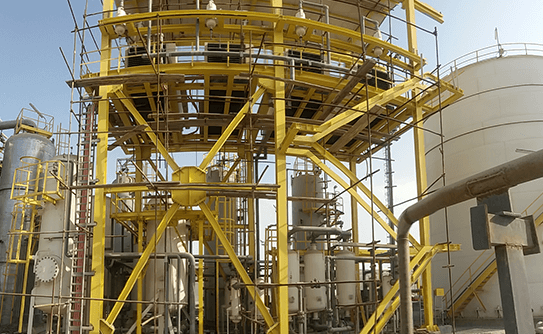
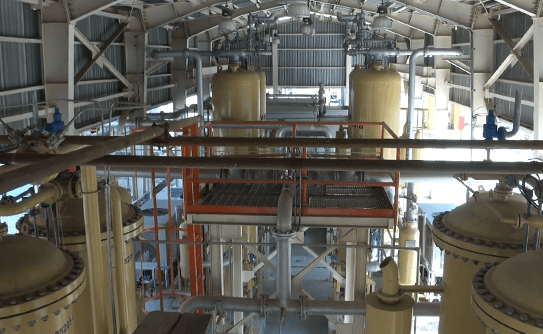
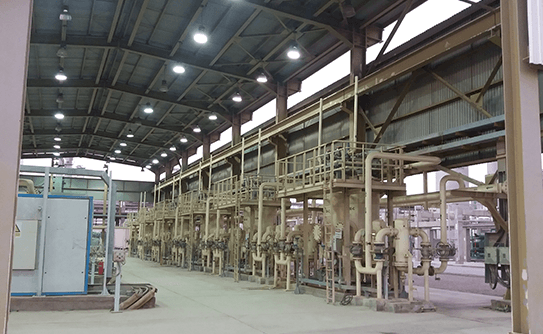


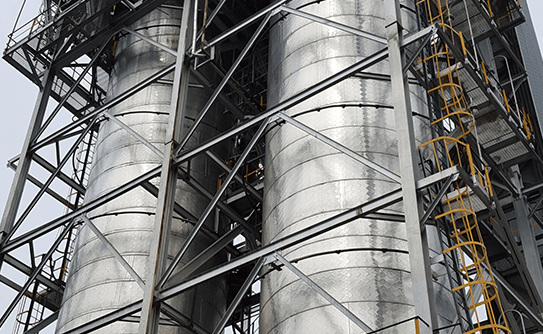
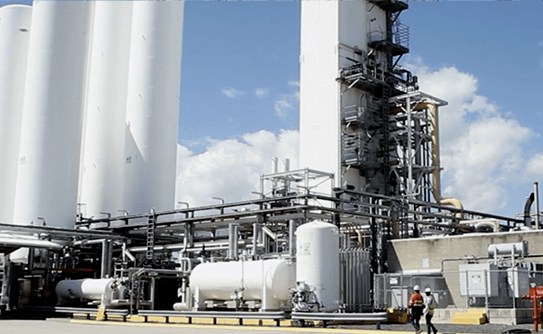
There are no reviews yet.